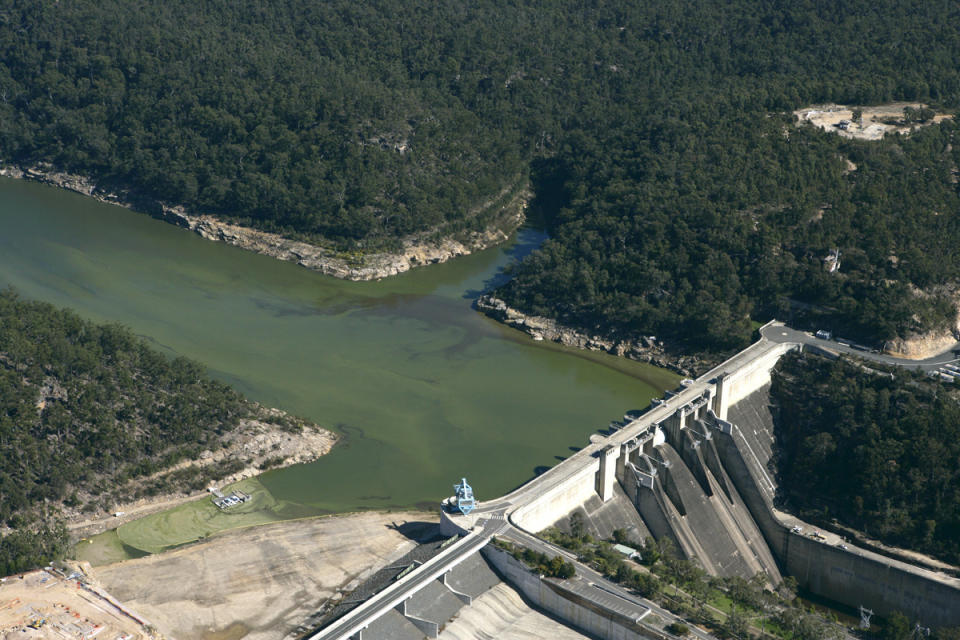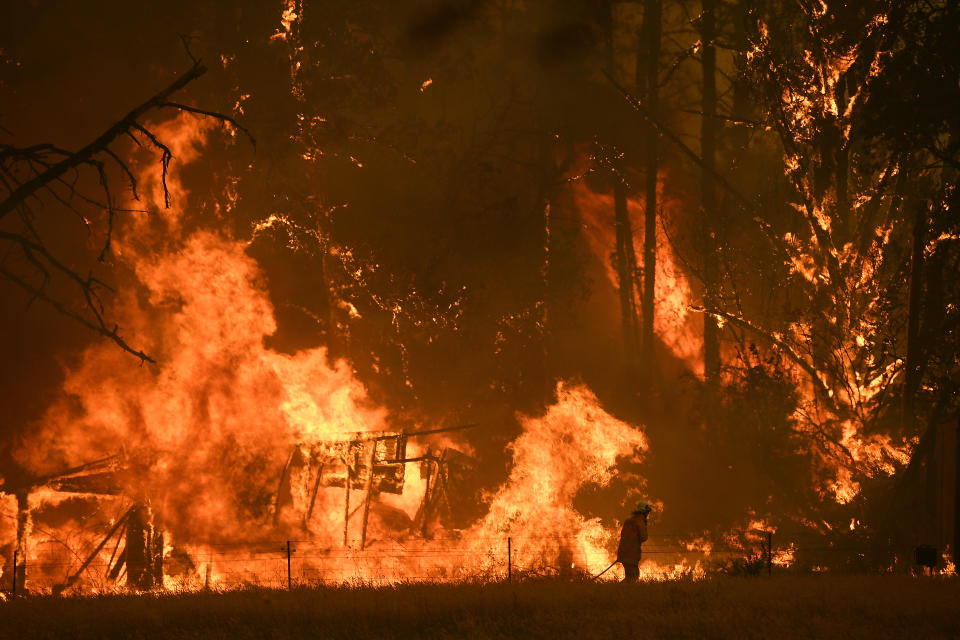Revealed: How bushfire ash is set to make it into our kitchens
There are fears the bushfire crisis could start infiltrating our kitchens, with yellow water from our taps likely as ash contaminates drinking supplies.
With a heavy downpour forecast this week – with some parts of NSW’s central and northern tablelands receiving about 50mm – it could impact dams, including Warragamba Dam, Sydney’s major water source.
According to Petr Matous, senior lecturer in the faculty of engineering at University of Sydney, water contamination is a legitimate fear.
“After fires you have more than just ash affecting the water supply – there’s also general erosion,” he said.
“Especially in the case of steep slopes – the fire mainly impacts ground cover so lots of grass burns off and then after these months of drought the soil is very dry.
“Suddenly you get the strong rain we’ve all been waiting for but instead of soaking into the ground it flushes off everything on the surface so the ash and the soil may get in the waterways.
“What that gives you is a high amount of organic carbon phosphorus nitrogen – if that’s not addressed it may subsequently result in an algal bloom.”

Mr Matous said an algal bloom could lead to the death of fish in waterways as oxygen is depleted as a result of the contamination.
The CSIRO says on its website that a number of different environmental conditions can cause an algal bloom, including weather conditions that cause water to separate into two layers – a warm surface layer that does not mix with a colder deeper layer.
The scientific research organisation said water contaminated by algal blooms could affect a person’s health, leading to nausea, muscle weakness, skin and eye irritations and cramps.
Mr Matous said however while water from kitchen taps may appear yellowish in colour, it wasn’t likely to affect Sydney’s water supply too much.
“If you’re in a fire-affected area where a water treatment facility has been impacted by fires then you will be in big trouble,” he said.

“There will be more polluted water because of the water treatment failure so there’ll be nothing to drink.
“It’s not the case in Sydney – I wouldn’t go and panic and start buying bottled water from supermarkets – Sydney Water should be able to treat it.”
Mr Matous was concerned however water would be more polluted due to low dam levels as a result of the drought. According to the lecturer, less water leads to higher concentrations of pollution.
He suggested it also may take water treatment plants longer to filter the water if there was a high concentration in the water.
“Even with the treatment we might start seeing more slightly coloured yellowish water, but I wouldn’t worry, we wouldn’t be allowed to drink it if it wasn’t safe,” Mr Matous said.
Plan to limit ash in water supplies
WaterNSW is all too aware of the problems that could arise as the rain hits this week, and is putting plans in place to limit any impacts.
Containment booms and slit curtains have been installed at two spots on Lake Burragorang, part of Warragamba Dam, to limit the amount of ash getting into the dam’s supply, NSW Minister for Water Melinda Pavey said earlier this week.
Ash movement will be monitored online so contingency plans can be put in place in the event of poor water quality.

“The extent of any water quality impacts on water in the dam will depend upon the location, timing and intensity of rainfall events,” WaterNSW said in a statement.
“Monitoring continues by highly experienced water quality scientists using sophisticated, real-time technology pioneered by WaterNSW which can predict any change in the dam storage’s water quality.
WaterNSW chief executive David Harris anticipates the low intensity rain over the next seven days is not considered sufficient to wash material into dam storages.
“Therefore we do not anticipate a water quality problem over the coming week, however we will need to carefully manage the catchment over the coming years in order to protect our water supply from these sorts of impacts,” he said.
Do you have a story tip? Email: newsroomau@yahoonews.com.
You can also follow us on Facebook, Instagram and Twitter and download the Yahoo News app from the App Store or Google Play.




